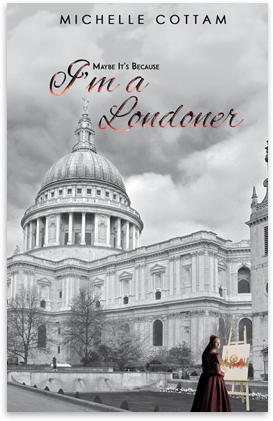
THE HISTORIC DWELLERS OF PATERNOSTER ROW, LONDON’S EARLY PUBLISHING CENTRE!
The origins of Paternoster Row go back as far as the twelfth century. It is said that the name Paternoster may be derived from the monks and clergy of St Paul’s Cathedral when they would make their procession at Paternoster Row reciting The Lord’s Prayer. “Pater-Noster” means “Our Father” in Latin.
Paternoster Row was mentioned in 1598 when the historian and antiquarian John Stow wrote “because of stationers or text writers that dwelt there who wrote and sold all sorts of books then in use… There dwelt also turners of beads and they were called Pater Noster makers”.
Disaster struck Paternoster Row during the Great Fire of London 1666. On Tuesday the fourth of September St Paul’s Cathedral caught fire because the medieval stone building was covered in wooden scaffolding. The cathedral was crammed full of rescued goods and its crypt filled with the stocks of the printers and booksellers in adjoining Paternoster Row. Many of the books that were destroyed were rare and valuable.
In 1719, at the shop having the sign of the Ship in Paternoster Row, William Taylor published Robinson Crusoe by Daniel Defoe.
Disaster again struck Paternoster Row during the second World War when the street was destroyed along with around six million books. Eventually the northern end was rebuilt as Paternoster Square.
As you enter Paternoster Square today a sign that reads “Paternoster Row” marks the area where the busy narrow street once stood. This is a reminder of this area’s significant history and the historic publishing centre for London.
Post Views : 627